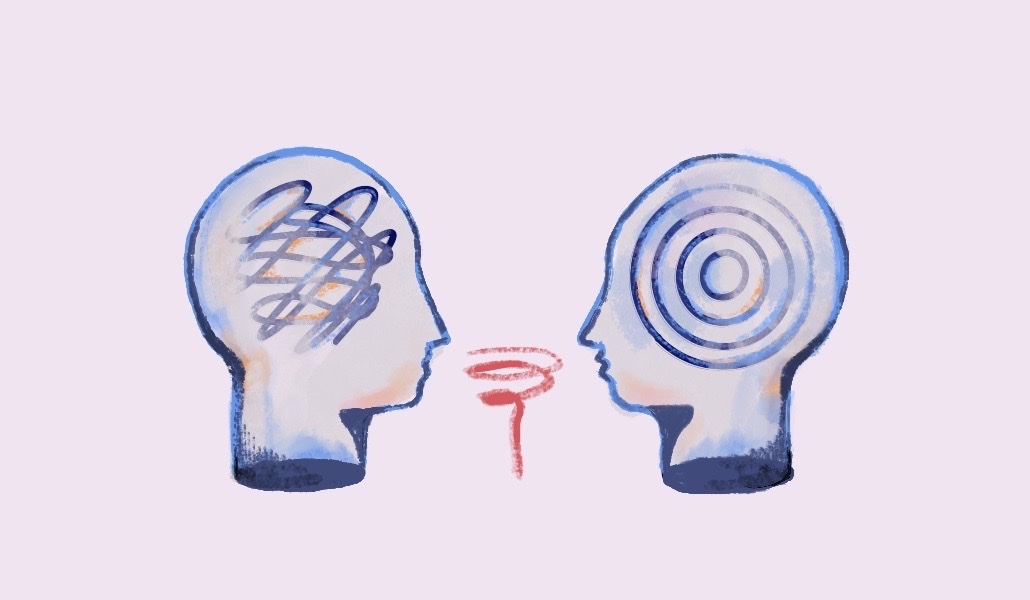Gen Z reports workplace bullying amid RTO — but are they just taking things the wrong way?

More staff are back working in person, but they’re running into some unwelcome behavior.
That’s especially true for Gen Z workers, with nearly 40% saying they’ve experienced bullying since returning to the office, and even more said they’ve experienced “creepy behavior,” according to a survey from Resume Builder including responses from about 600 workers at companies that now mandate in-office work at least once a week.
While companies often have policies against bullying and harassment, the severity of such situations can vary greatly, and experts say younger workers may simply be misinterpreting interactions. But they also may just be more vocal and unwilling to put up with what other generations before them have.
“I think that this has been happening for a long time, and Gen Z is the first generation that I think has truly said, I don’t want to be treated like that,” said resume and career strategist at Resume Builder Julia Toothacre.
The survey did not ask respondents to explain exact instances of bullying, though defined creepy behavior as “actions or comments that induce discomfort or fear.” And this isn’t just a Gen Z problem. Across all age groups surveyed, 21% of workers said they’ve experienced bullying, and 28% have experienced creepy behavior since returning to offices. “People also just seem willing to talk about it now, where they weren’t before,” Toothacre said.
Another survey from the Society for Human Resource Management found nearly two-thirds of workers said they have experienced incivility or witnessed incivility in their workplace within the past month. In that survey, conducted in December 2023 among over 1,000 U.S.-based workers, uncivil behaviors included addressing others disrespectfully, interrupting or silencing others while they were speaking, excessive monitoring or micromanaging, ignoring or paying little attention to others and unprofessional or disrespectful body language.
One major ongoing challenge with the return to offices is getting people up to speed on socializing again, and especially how to do so in professional settings. Coworkers are working together more often and still learning each other’s personalities, and there’s a good chance some are simply misinterpreting interactions, experts say.
“There are those of us who are just very forward and honest about things. And we’re not being mean, we’re not being rude to people, we’re just stating the facts of what’s happening, in the business or on a project or calling out somebody’s behavior. We’re holding people accountable. And I think that so many people take that the wrong way, and they see it as ‘why are you upset with me?’” Toothacre said.
She encourages employees to write down what happened and analyze the interaction to better understand what really occurred. “When you feel like you’re being bullied, you have to go back and really analyze the conversation, because I think some people are just more sensitive to straightforward language, and tone.”
That can also help determine whether it’s worth escalating to a manager or HR, she said. More severe instances of bullying and harassment might actually be illegal and should be reported. And in many instances, staff can get nervous about making an accusation, said Niki Ramirez, founder and principal consultant at HR Answers, a human resources consultancy for small businesses.
“The best time to go to human resources or go to a trusted leader in the company, is as soon as you feel like it is affecting your ability to focus on your work,” Ramirez said. “I don’t want employees to stop and try to gauge how big or small the problem is, because if it’s impacting their work, it’s a problem.”
One reason younger workers in particular might conflate certain behaviors as bullying is due to the lessons and presentations they were taught in school, said workplace speaker and author Rosalind Wiseman.
She describes the anti-bullying presentations given to today’s youngest workers when they were in middle and high school as “stupid, counterproductive, a waste of time, absolutely unrealistic, and patronizing.” Many of those presentations failed to have students define different levels of conflict, instead allowing them to label nearly any discord or emotional distress inflicted upon them as bullying.
“The people of this generation do not know the difference between somebody being rude, somebody being mean, and somebody bullying you, and those are different things,” Wiseman said.
To be sure, “in a workplace there are people who do things that are racist, or bullying, or homophobic,” she said. “But not every single thing meets that level of a problem.”
When someone is rude they may be unintentionally treating someone badly, and if they’re mean it’s probably intentional. But bullying is more than that — it’s intentionally treating someone badly, consistently, and using part of their identity to take away their dignity and sense of self-worth, she said.
“We gave people crap education about anti-bullying programs and sexual harassment programs, and they come into the workplace and they freak out. They cannot distinguish between levels of conflict and levels of problem,” she said.
But it also speaks to the larger issue around Gen Z’s lack of soft skills and how that is impacting the way they show up in the workplace.
“If you want to be an adult who makes their own decisions and goes through the world, you actually have to understand that conflict happens and that you can manage yourself in that conflict,” she added.


